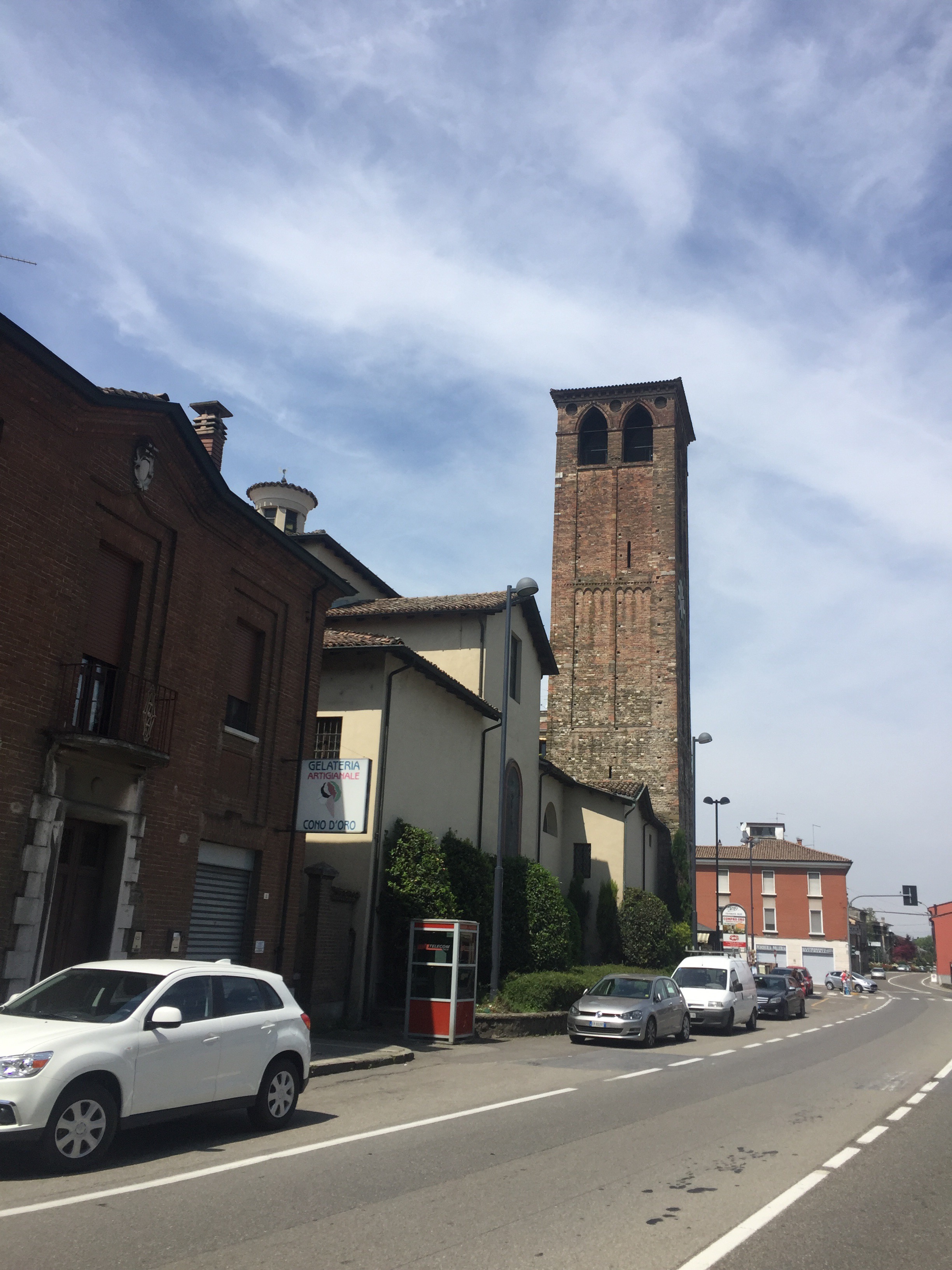A Noble Death
Stage 13; Reggio Emila – Tortona. 167km
When the organisers in this Giro say it’s a flat stage we’ve don’t believe them as they tend to be over 2000m of elevation as a min, however today truly was. The only rise was over two bridges with a total day’s height gain of 300m, it didn’t just follow the Po valley, it was like a rug.
We rode some 50kms away from the finish in Milan, but I dared not dream of the finish & being reunited with the girls as we have 2 more stages before the next rest day on Sunday then a hellishly difficult final week.



It was an uneventful transition stage that in one sense had to be used as an active recovery, if riding 100 miles can be viewed as such!
 We did pass through the beautiful small city of Palma which gives its name to Parma Ham or as its known correctly around these parts ‘Prosciutto di Parma’, the King of Hams. With only four ingredients, specially-bred pork (fed on grains and the whey from Parmesan production), sea salt, Italian air, and most importantly – time.
We did pass through the beautiful small city of Palma which gives its name to Parma Ham or as its known correctly around these parts ‘Prosciutto di Parma’, the King of Hams. With only four ingredients, specially-bred pork (fed on grains and the whey from Parmesan production), sea salt, Italian air, and most importantly – time.
So here’s a quick lesson on one of the world’s great slow foods.
Prosciutto is from the Latin ‘perexsuctum’ meaning ‘dried’
It was in 100 BC that Cato the “Censor” first mentioned the extraordinary flavour of the air cured ham made around the town of Parma in Italy; the legs were left to dry, greased with a little oil and could age without spoiling. A tasty meat was obtained which could be eaten over a period of time while maintaining its pleasant flavour.
By law Prosciutto di Parma can only be made in the hills around Parma; the unique conditions of the Parma region have made it possible to produce the highest quality hams. Authorised producers must be located within the geographical boundaries of the Parma production area.
Making a Parma Ham is a long and painstaking process; all producers of Prosciutto di Parma share the same goal: To cure a leg of pork with pure sea salt in order to keep the meat as sweet-tasting and as supple as possible. The hams are made from the rear haunches of the pig; The curing is controlled carefully so that the ham absorbs only enough salt to preserve it. By the end, a trimmed ham will have lost more than 25% of its weight through moisture loss, helping to concentrate the flavour. The meat becomes tender and the distinctive aroma and flavour of Parma Ham emerge.
The legs are first salted by a highly trained maestro salatore, or salt master: the pigskin is covered with humid sea salt, while the muscular parts are covered with dry salt. The leg is then refrigerated for about a week and gets a second thin coating of salt which is left on another 15 to 18 days. depending on weight. Salt is the only preservative used in the processing method, no chemical elements are allowed.

Now the hams are hung on frames in well ventilated rooms with large windows that are opened when the outside temperature and humidity are favourable; this allows for a constant and gradual drying of the hams. Connoisseurs believe that this period is critical to the development of Parma Ham’s distinctive flavour. By the end of this phase, which lasts about three months, the exposed surface of the meat has dried and hardened..
The exposed surfaces of the hams are softened with a paste of minced lard and salt in order to prevent the external layers drying too rapidly.
In the seventh month, the ham is transferred to the “cellars”, rooms with less air and light and hang on racks until the curing is completed. By law Parma Ham is cured at least 1 year and some may be cured as long as 3 years.
Then finally the ham is fire branded with the world famous Ducal crown.
If I was a pig I’d want my hind legs to be treated with such love and respect, a very noble death indeed.
Back to some cycling, the stage finished in Tortona, where the Italian cycling legend Fausto Coppi passed away of malaria on the 2nd January 1960


His successes earned him the title ‘Il Campionissimo’ or champion of champions. He was an all-round racing cyclist, excelled in both climbing and time trialing, and was also a great sprinter. He won the Giro five times & the Tour twice, his career sandwiched the 2nd world war, so who knows how many he could have won.


Every shop window in town regardless of what was for sale paid homage to this great champion.
If you would like to support us by donating then here’s my page-
https://www.justgiving.com/fundraising/HaydenGroves3TourChallenge
Thanks from all at Cureleukeamia








